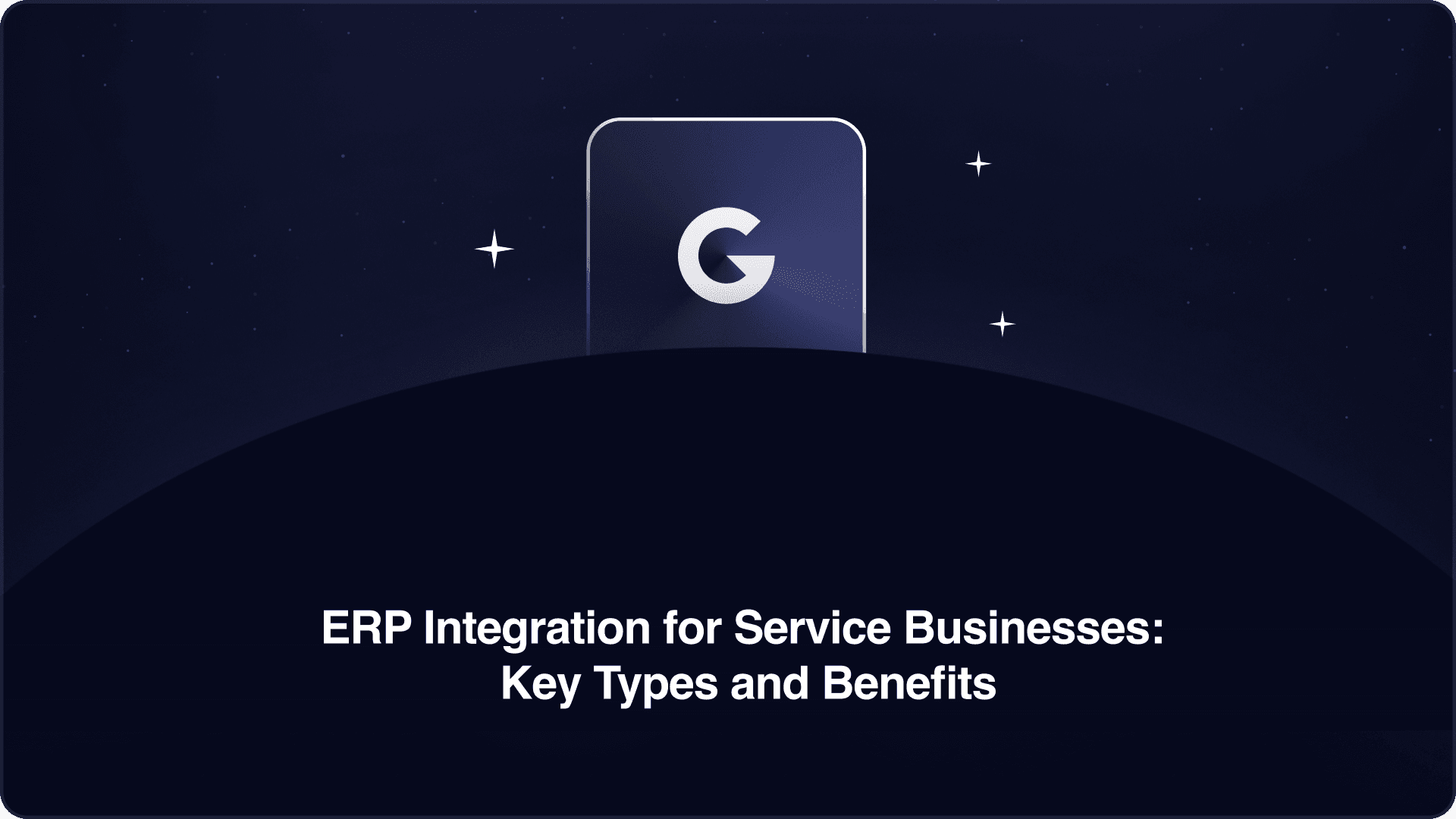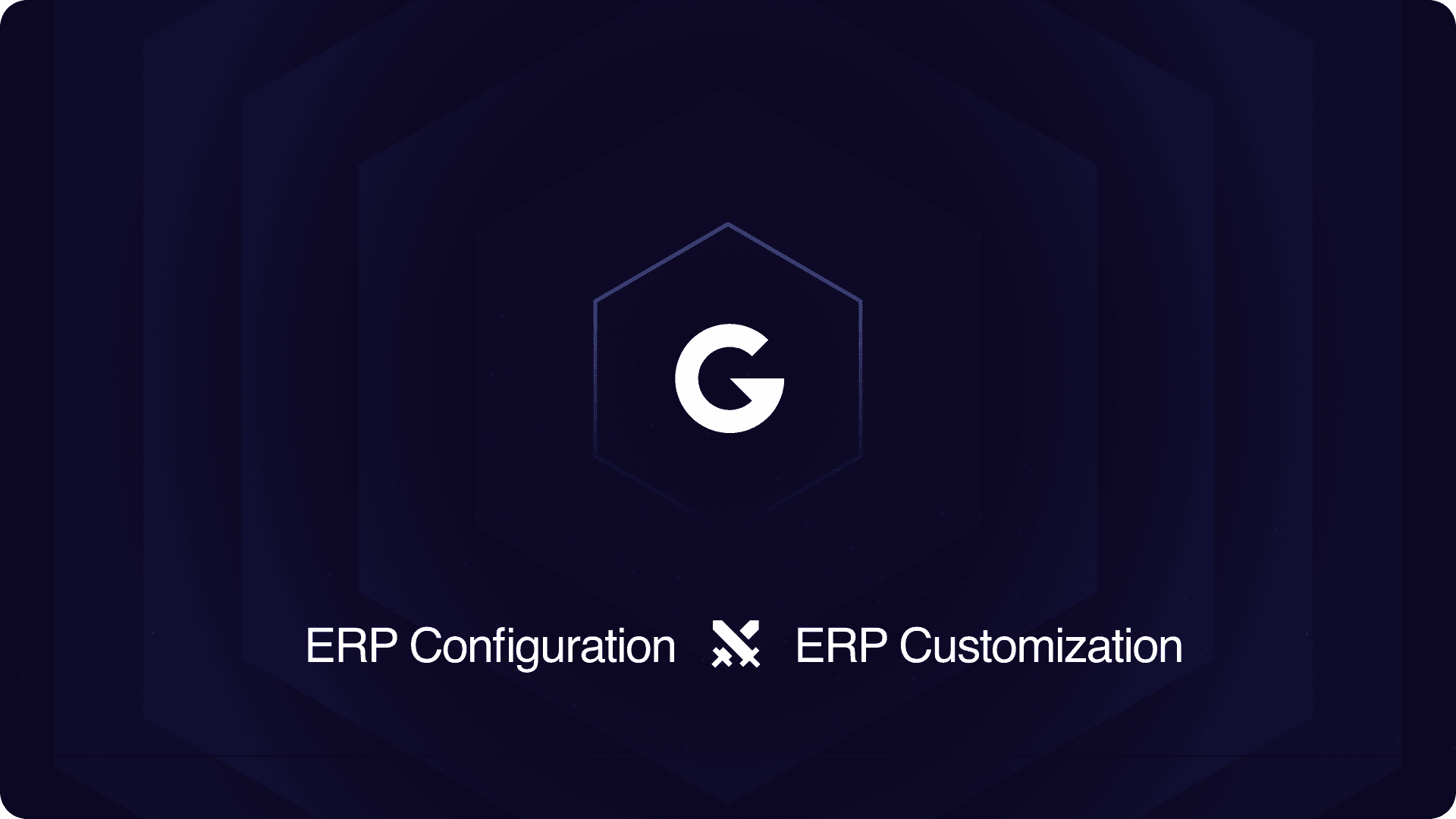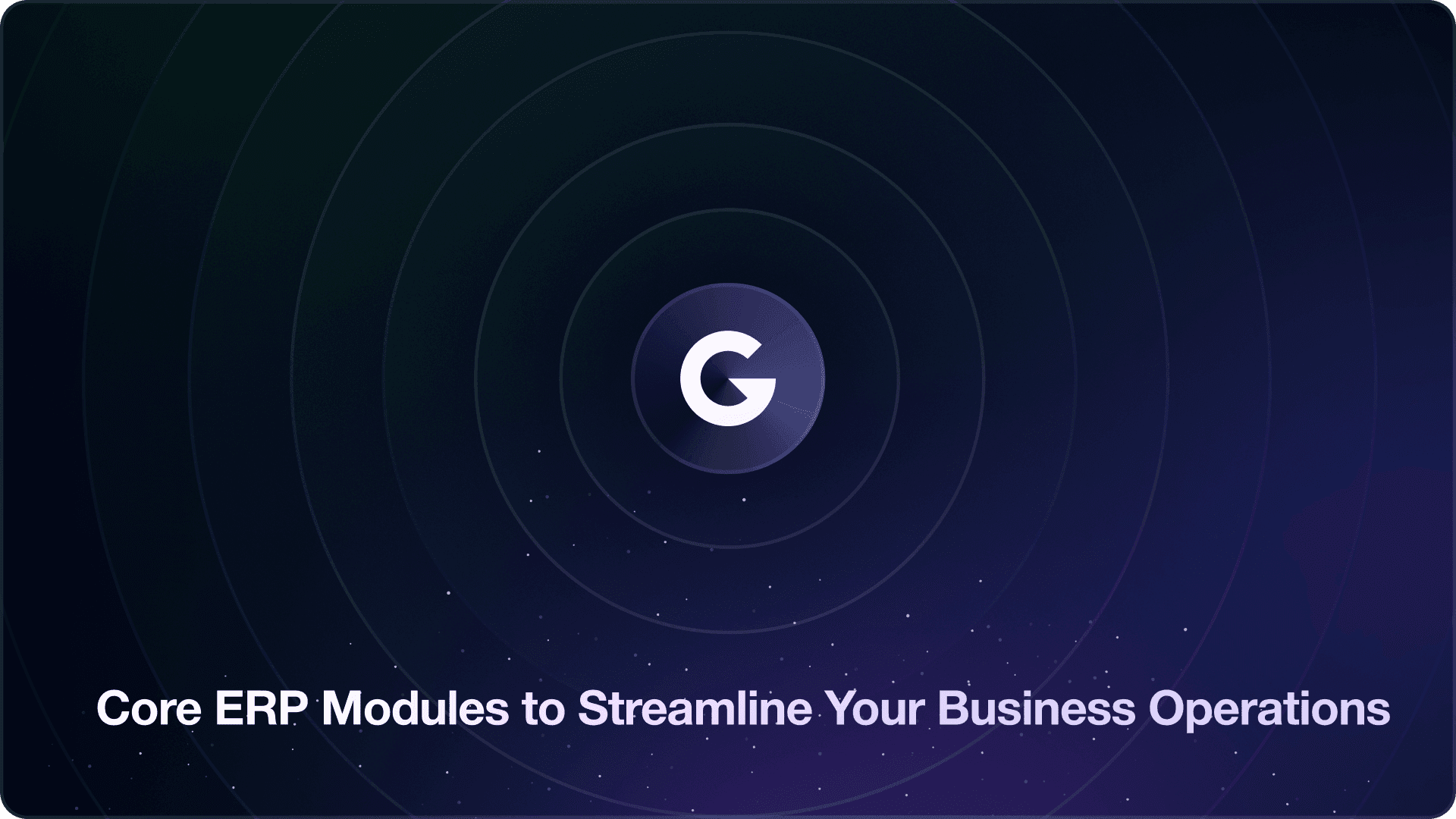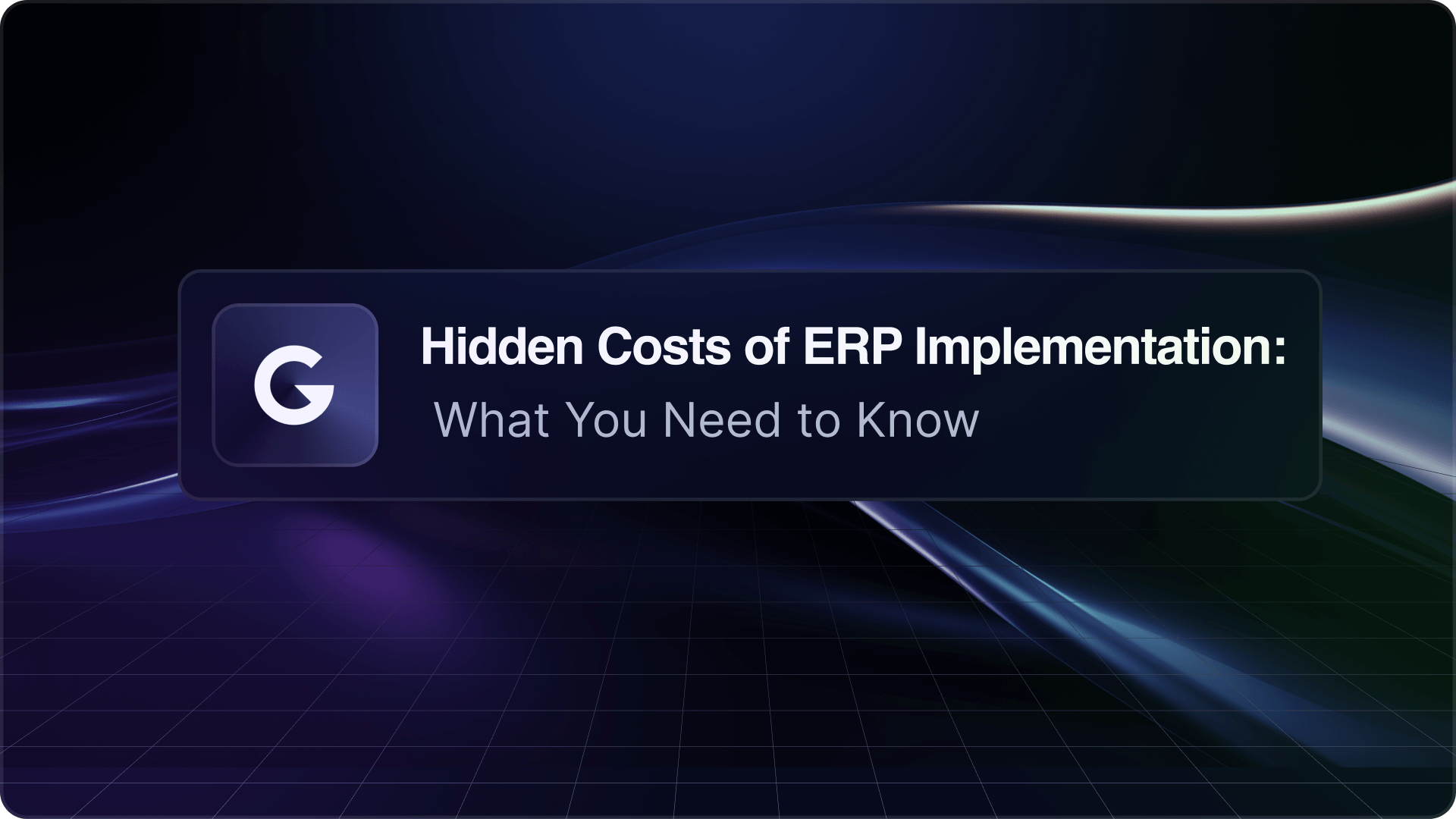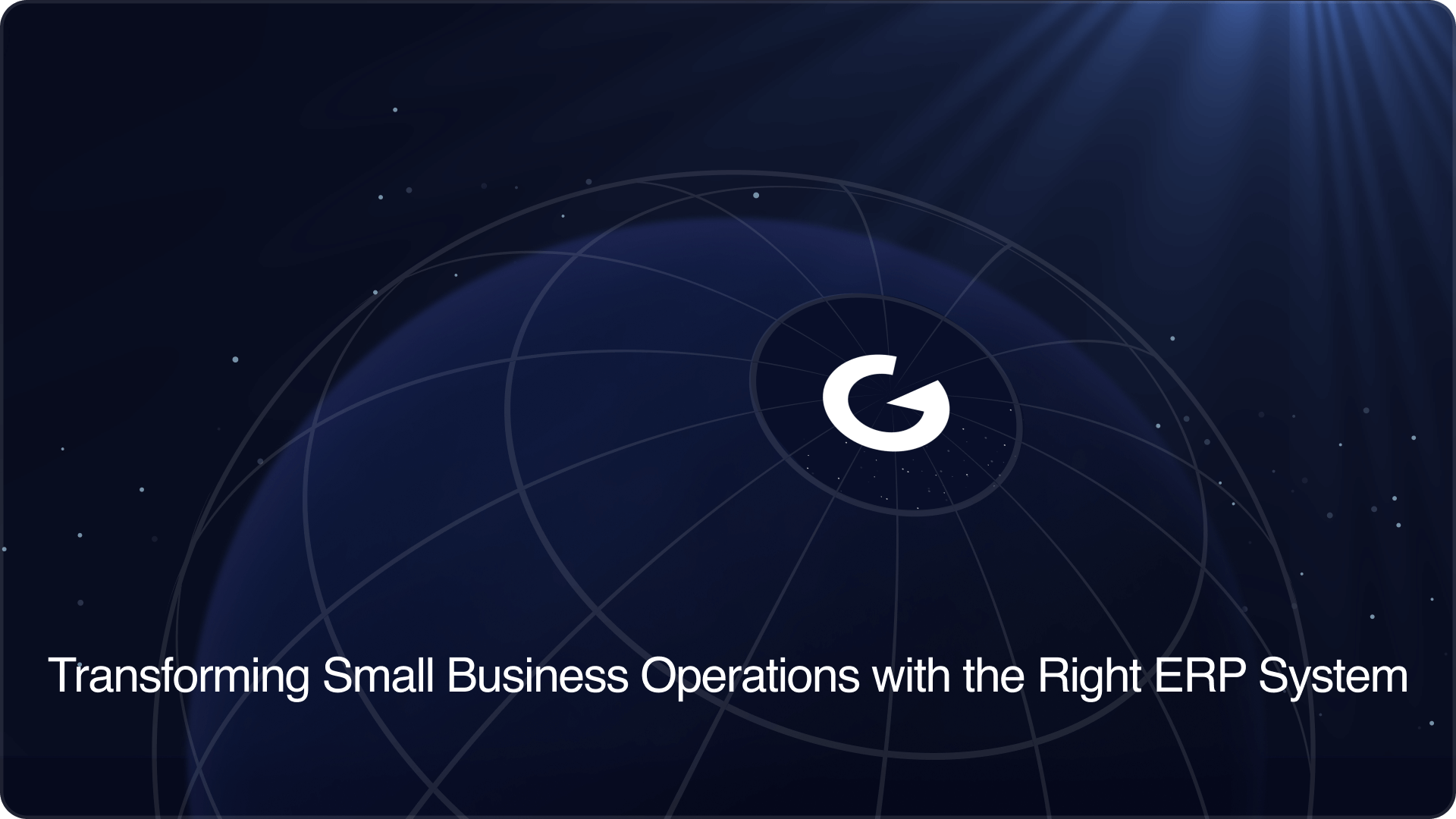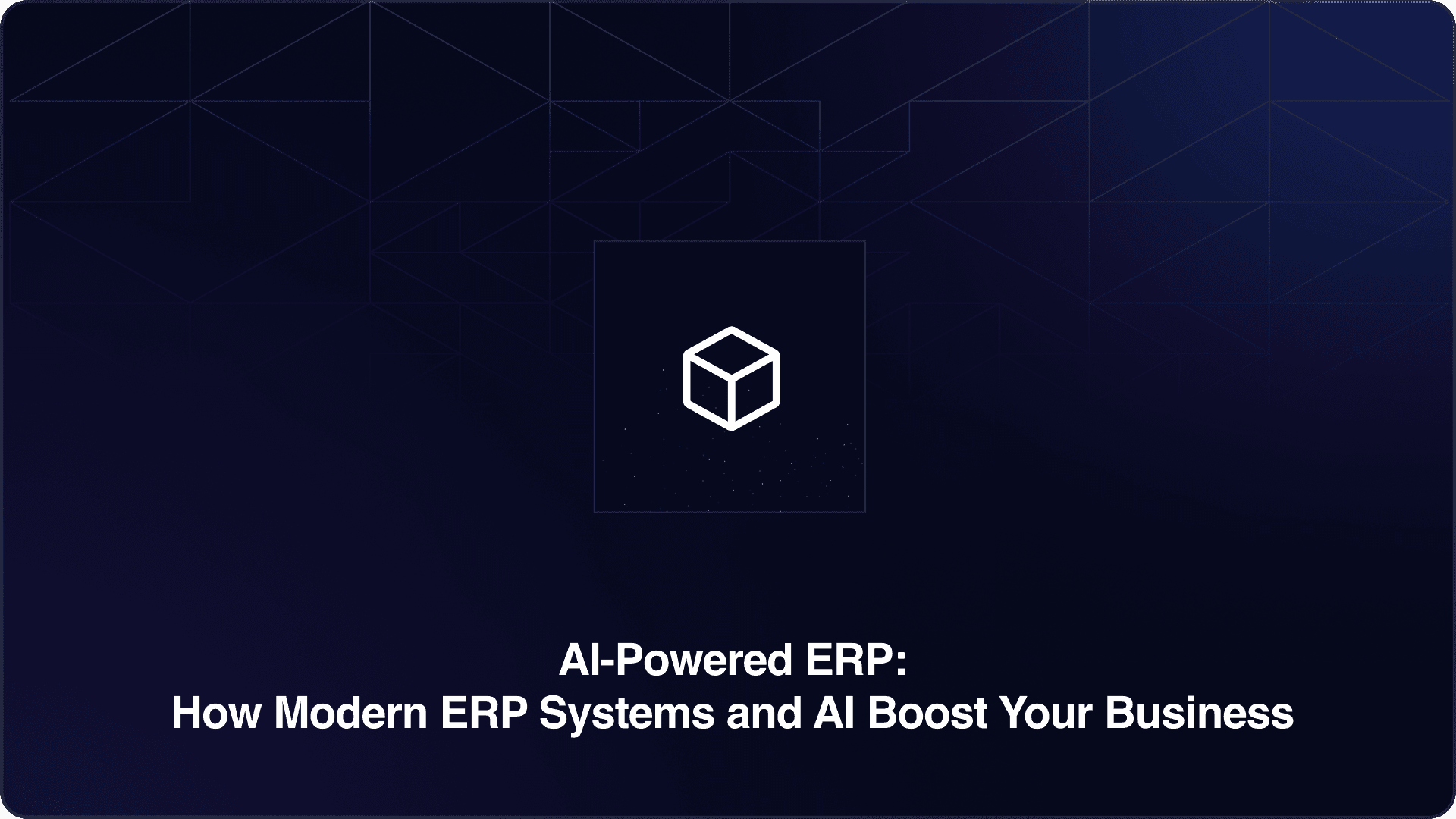Integrating enterprise resource planning (ERP) systems has become a critical step for businesses looking to streamline operations, enhance efficiency, and ensure scalability. For service-based companies specifically, the need to optimize workflows, improve data accuracy, and facilitate growth is paramount. ERP integration offers a comprehensive solution that connects different business processes and systems into one unified platform.
If you’re a business leader of a mid-size service firm, you’re likely wondering how ERP integration can benefit your business.
To answer that question, in this article, we’ll explore key types of ERP integration, the challenges involved, and the transformative benefits your business can experience from a well-executed integration strategy.
What is ERP Integration?
ERP integration is the process of connecting and consolidating different business systems and applications into one centralized ERP system. It allows different departments—such as finance, HR, and operations—to access and share data in real-time, providing a unified view of the entire business.
Unlike traditional software, where each department might use its own system, ERP integration breaks down silos and enables seamless communication between teams. This helps reduce redundancies, improve efficiency, and enable better decision-making through accurate data insights.
ERP Integration Methods
When it comes to ERP integration methods, businesses have several options to choose from, each with its own advantages and use cases. Understanding these methods can help businesses select the best approach for their specific needs.
Point-to-point Integration
This one is a popular method that many businesses often use, which involves directly connecting two systems. This method is straightforward and can be effective for smaller setups where only a few systems need to communicate. However, as the number of integrations grows, managing these connections can become complex and cumbersome.
IPaaS
iPaaS (Integration Platform as a Service) is a cloud-based solution that allows businesses to integrate applications and data across various environments seamlessly. IPaaS offers scalability and flexibility, making it suitable for organizations looking to streamline multiple integrations without heavy infrastructure investments.
Enterprise Services Bus (ESB)
Another robust integration method that facilitates communication between different applications through a centralized bus architecture. ESB enables real-time data exchange and supports complex workflows, making it ideal for larger enterprises with diverse systems that require efficient interaction.
API Integration
API Integration has gained significant traction in recent years. By utilizing Application Programming Interfaces (APIs), businesses can connect their ERP systems with other software applications easily. API integration promotes modularity and allows companies to leverage third-party services while maintaining control over their core processes.
Choosing the right ERP integration method depends on various factors such as business size, complexity of operations, budget constraints, and future scalability needs. Each method has its strengths, so understanding them will empower organizations to make informed decisions that enhance operational efficiency
Benefits of ERP Integration for Mid-Size Companies
For service-centric firms, integrating an ERP system can provide numerous advantages. Below are some of the core benefits:
Streamlined Business Operations
With ERP integration, your business can significantly streamline operations across departments. Instead of manually transferring data between systems or reconciling discrepancies, ERP automates these processes, reducing errors and saving time. This is particularly useful for service-based businesses that need to manage project timelines, invoicing, and resource allocation efficiently.
Enhanced Data Accuracy and Reporting
One of the major benefits of ERP integration is the improved accuracy of data. By having all your business data in one place, errors due to manual entry or system overlap are minimized. Moreover, ERP systems offer real-time reporting capabilities, allowing decision-makers to access up-to-date data for better forecasting and business intelligence.
Scalability and Future Growth
ERP integration prepares your business for future growth. As your company expands, the ERP system grows with you, allowing you to manage additional clients, projects, and staff seamlessly. With the ability to customize and scale, your ERP solution ensures that growth doesn’t overwhelm your operations.
Common ERP Integration Challenges
Despite the many advantages of ERP integration, it’s not without its challenges. Here are some of the most common pitfalls businesses encounter:
Data Migration Complexities
Migrating data from your existing systems to an ERP platform can be complex and time-consuming. Ensuring that data is transferred accurately, securely, and without interruption to business operations requires meticulous planning and execution.
Integration with Legacy Systems
Legacy systems, often outdated and rigid, can present significant integration challenges. These older systems may not be compatible with modern ERP platforms, making it difficult to establish seamless connections.
Change Management Issues
Introducing an ERP system often requires substantial changes to the way your business operates. This can result in resistance from staff who are accustomed to existing processes, highlighting the need for effective change management strategies to ensure a smooth transition.
Step-by-Step Guide to Successful ERP Integration Process
If you’re considering ERP integration for your service business, following a structured process can make all the difference. Here’s a step-by-step guide to ensure success:
Assessing Your Business Needs
Start by analyzing your current business processes and identifying pain points. Determine what your ERP system needs to achieve—whether it's improving data flow, increasing automation, or optimizing resource management.
Mapping Out the Integration Process
Next, create a detailed roadmap of your integration. This should include timelines, resource allocation, and specific goals for each phase of the integration. Consider consulting with ERP specialists to ensure that all technical aspects are properly managed.
To facilitate a smooth integration process, some key notes you should remember before implementation:
- Data Cleansing: Remove inaccuracies and inconsistencies from your data.
- Format Normalization: Standardize data formats to ensure compatibility.
- Data Validation: Verify the accuracy and integrity of your data.
- Access Review: Assess user permissions and access controls.
- Duplicate Elimination: Identify and remove duplicate records to maintain data quality.
By addressing these areas, your business can ensure a seamless integration of information.
Testing and Monitoring Your Integration
Once the ERP system is in place, thorough testing is essential. Conduct system tests to ensure that all data transfers, automations, and reporting functions are working correctly. Monitor the system closely during the initial rollout phase to address any issues early on.
Emerging ERP Software Integration Trends in 2024
In 2024, it is expected that there will be new and more advanced ERP software integration trends to meet the needs of businesses. Some of the trends predicted to develop in the future include:
- Integrating AI (Artificial Intelligence) and Machine Learning into ERP: Helping businesses automate processes and optimize business performance.
- Integrating Blockchain into ERP: Ensuring security and transparency in data and transaction management.
- Integrating new technologies such as IoT (Internet of Things) and RPA (Robotic Process Automation): Creating a linked information system and automating business processes.
- Integrating with mobile applications: Allowing employees to access and manage information remotely, increasing flexibility and efficiency in work.
Final Note
ERP integration is a powerful tool for service businesses aiming to optimize operations, improve data accuracy, and support future growth. While challenges like data migration and change management must be carefully managed, the long-term benefits of a well-executed ERP integration strategy far outweigh the difficulties.
If your mid-size business is considering ERP integration, understanding the process, benefits, and potential pitfalls will position you for success. By selecting the right integration type and following best practices, you can ensure your company remains competitive in an increasingly digital world.
